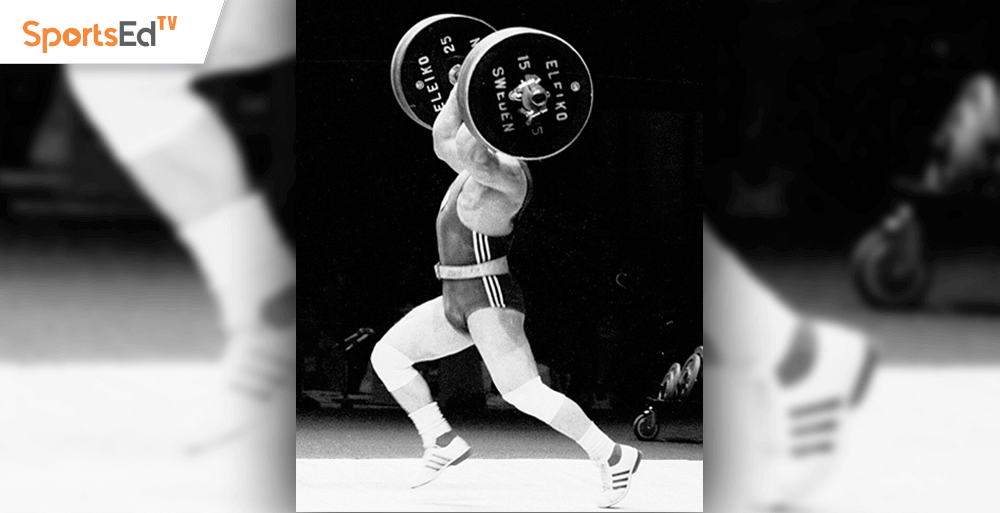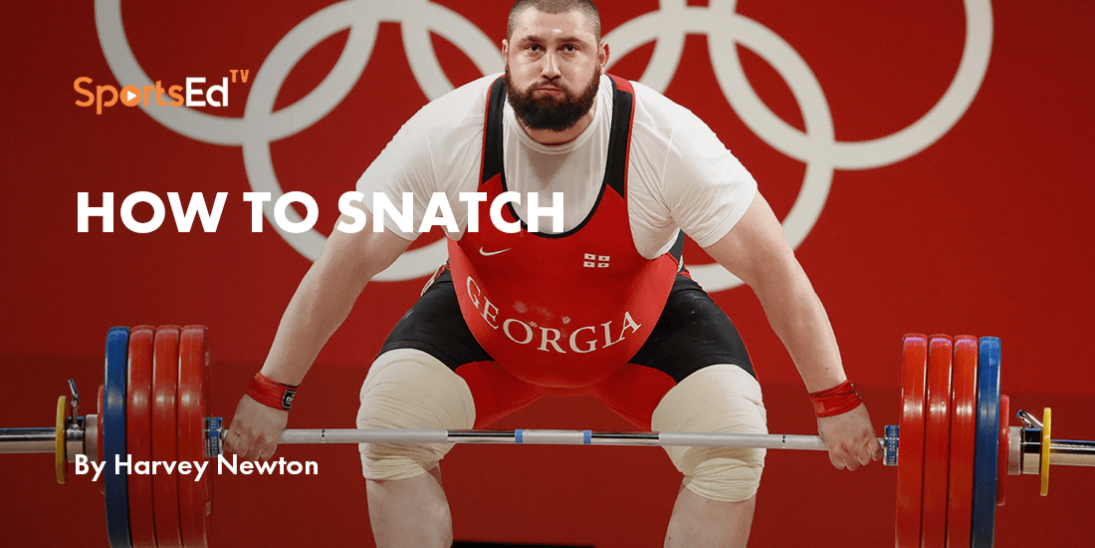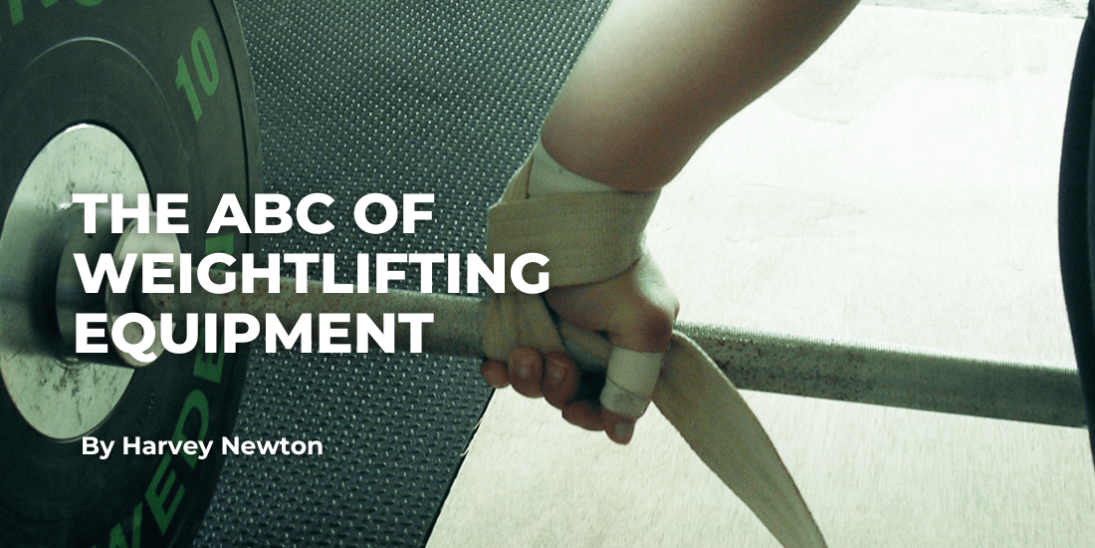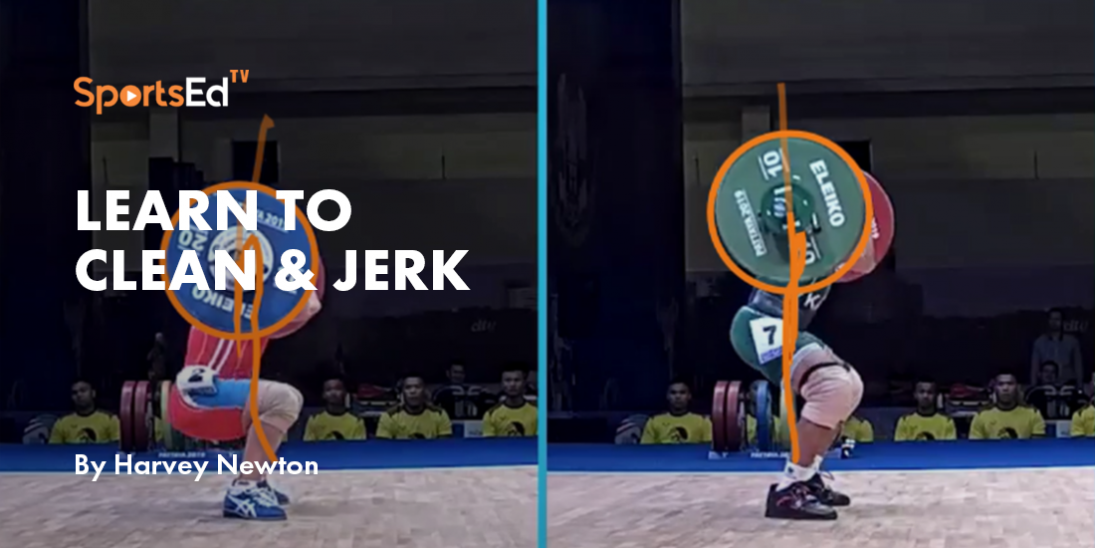Weightlifting
Welcome and thanks for visiting...

Teach 'em to Miss!
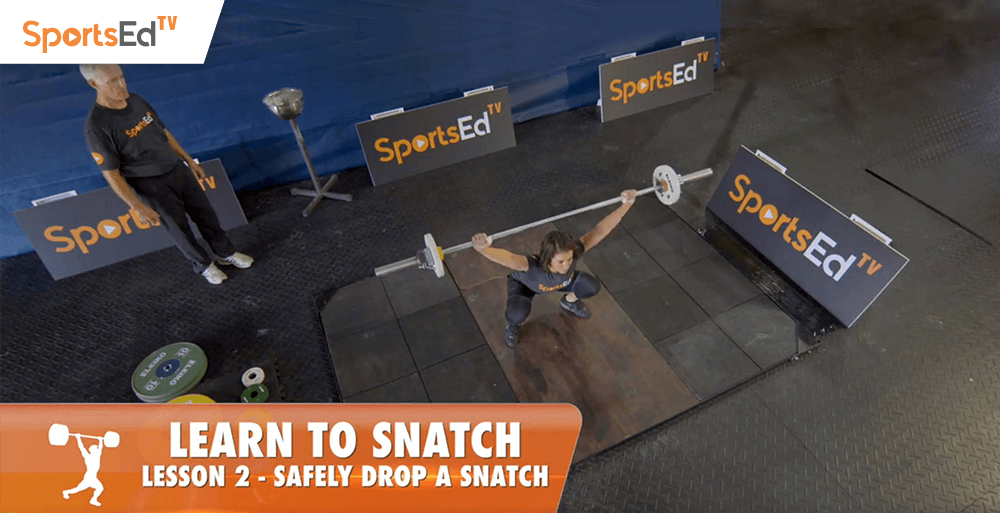
The bar was loaded for a PR snatch attempt. All eyes focused on the lifter as he chalked up. The weights flew quickly overhead, snapped into place, and the cheers erupted. But before the lifter could recover from the bottom position the bar moved forward, he fell back on his butt, and the lift was lost.
Unfortunately, in this case, a missed lift was not the only issue. Fighting to regain balance in his collapsed posture the lifter quickly kicked his legs in the air, intersecting with the descending barbell. This resulted in a decent whack to both shins and more significantly, a heavy impact to his right ankle.
I know of a similar bailout style used some years back that resulted in two fractured tibias.
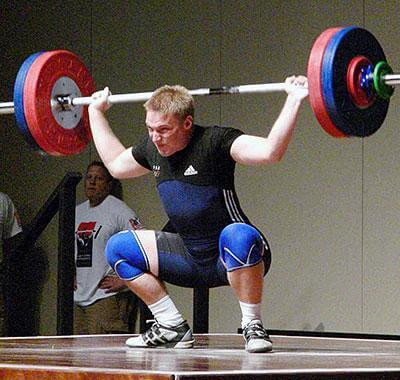 |
| Photo by Bruce Klemens Photography |
This was the scene a few years ago at a Newton Sports seminar conducted at a facility in the Southeast. While the lifter hobbled around for the remainder of the weekend and seemed to be sidelined for only a few days, this did get me thinking about a primary coaching task, namely teaching lifters how to safely drop failed lifts.
Conventional wisdom, as reflected in USA Weightlifting coaches' education materials, has always stated that teaching a beginner how to miss a snatch, clean, or jerk safely is a priority. Although the sport of weightlifting has a good safety record and injuries are relatively low compared to many other, more popular sports, teaching how to safely drop a barbell is a necessity and makes a lot of sense.
But, as was pointed out in a critique of previous USAW materials, despite this sage advice early course materials contained no actual instruction on how to avoid falling weights.
The most recent version of USAW coaching education materials devotes a reasonable amount of time to this topic. We now teach various methods for dropping a barbell from overhead in the snatch or jerk, and from the shoulders in the clean. But how many coaches actually take the time to teach these skills?
Safely dropping a failed lift from overhead is not necessarily intuitive. The challenge is this: a beginner may have many successful reps under their belt, slowly progressing from lighter to heavier loads, before experiencing what may be a threatening miss. If the lifter has never practiced safely missing a lift, what are the chances of knowing what to do and accomplishing the task?
What’s At Risk?
Missed lifts may result from improper technique, especially with novices. Experienced lifters are more likely to miss a lift due simply to the fact that the weight is too heavy to successfully control.
In the snatch keeping the elbows locked (assuming one managed to reach lockout) and simply "dislocating" backward keeps the bar a safe distance from the body. Similarly, with arms kept straight the weights can safely be dropped in front.
Readers can quickly check my advice on this topic by watching this video:
Under no circumstances should a lifter release the barbell when the weights are overhead. Most everyone knows of the unfortunate accident in which a non-USAW athlete dropped a barbell in the snatch that resulted in his paralysis.
More of a problem is a snatch in which the bar is not solidly locked overhead. This happens in a fraction of a second and does not allow for deliberate evasive action. In 2012 we witnessed defending Olympic Champion Mathias Steiner (+105kg) drop 196kg on his upper back, resulting in his withdrawal from the competition.
A common, yet infrequent, injury in the snatch is a dislocated elbow. When this occurs, we sometimes see the bar continue rearward and/or the lifter falls forward, thus avoiding the heavy impact of the weights on the torso. One of the first elbow dislocations was USA's Bob Bednarski at the 1967 Pan American Games, when “Barski” avoided further injury from a falling barbell. Similarly, Olympians Brian Derwin and Cheryl Haworth both suffered this type of accident at the 1981 Nationals and 2003 Junior World Championships, respectively.
Sometimes the falling weights result from a dislocated elbow, in which case the barbell collapses on the lifter's neck or upper torso. During NBC Sports’ coverage of the 2008 Olympics, the #2 most viewed video was that of Hungarian lifter, Baranyai (77kg), dislocating his right elbow with a 148kg snatch. America’s Derrick ("Crash") Crass was similarly injured during the 1984 Olympics. Perhaps in the one-of-a-kind department, Derrick’s failed snatch attempt appears on a CD cover (The Posies, Amazing Disgrace).
Injury in a missed clean is less common. Lifters have been known to drop a bar from the shoulders across their legs. While few lifters employ a split style for the clean it is not unknown for a lifter to drop a bar on the front knee, something likely to cause serious injury.
Typical advice for lifters in the process of missing a snatch or clean is to quickly create distance between yourself and the weights. In other words, push the bar forward, push yourself backward. Creating this distance, regardless of the lift, is key to avoiding injury.
With a squat clean it is possible to maintain the rack position, fall backward (taking the barbell along), and simply turn the head to the side and pass the bar, once back on the platform, over the head. The bar is about nine inches off the ground, allowing for adequate clearance. This move always gets a sharp response from the audience that thinks a serious injury may have occurred, but the lifter simply pushes the barbell away and stands up.
Missing a jerk in front simply calls for guiding the barbell back to the platform, keeping the weights away from the front leg. Missing a jerk behind prevents any guidance effect, but by quickly stepping forward and moving away from the weights injury is unlikely.
So, while we really want to focus on successfully lifting the weight, it is crucial that coaches take the time to instruct lifters in safe and effective ways to drop a missed lift. Don't wait for an avoidable accident to happen, check out our video lessons on weightlifting today!

